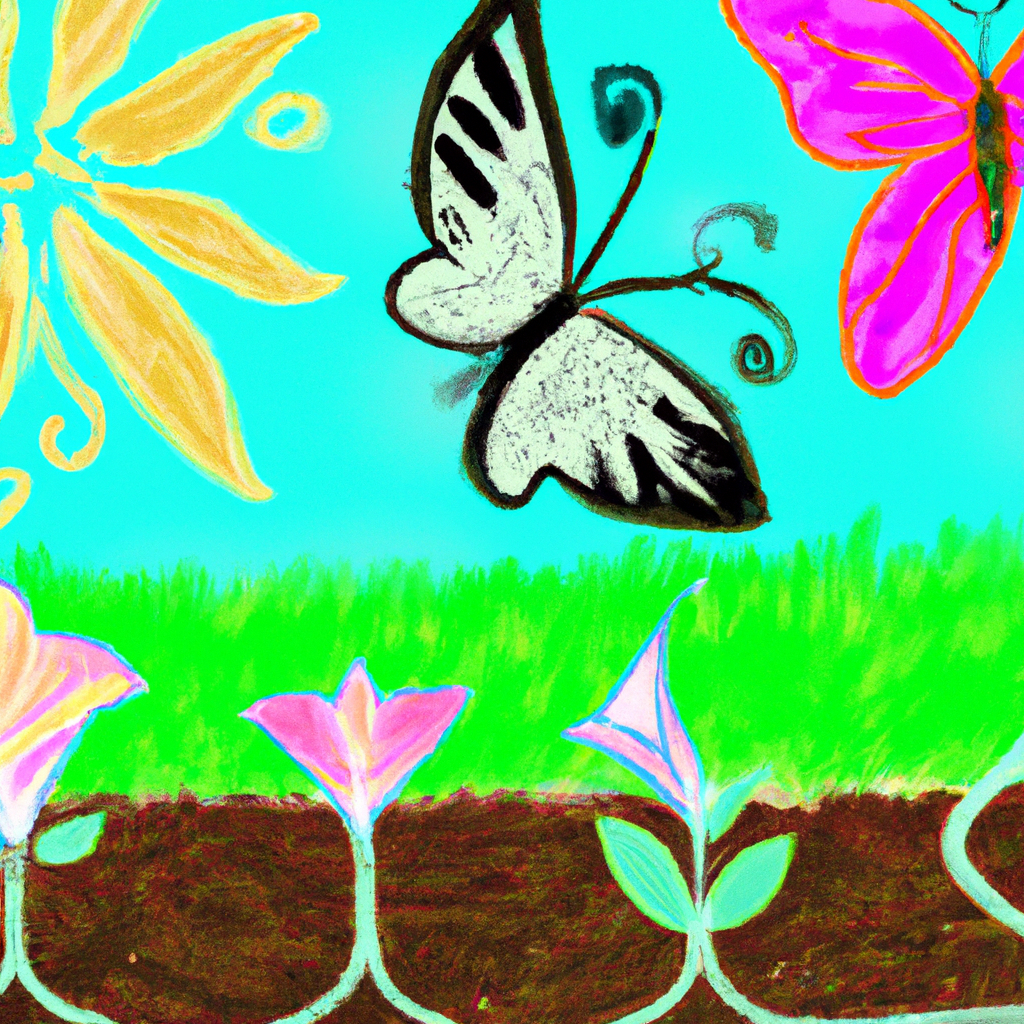The formation of flowers, a process known as floral morphogenesis, is a fascinating aspect of plant biology. Flowers, the reproductive structures of angiosperms (flowering plants), play a crucial role in the ecosystem by facilitating reproduction through the production of seeds and fruits. This article explores the intricate biological processes that govern the development of flowers, from the initial stages of floral induction to the final phases of flowering.
Understanding Floral Induction
The journey of flower formation begins with a phase called floral induction. This is the process by which a vegetative plant transitions to a reproductive state. Floral induction is influenced by various environmental factors and internal hormonal signals. Key factors include:
- Photoperiod: The length of day and night significantly affects flowering in many plants. Plants are categorized based on their photoperiodic responses into short-day, long-day, and day-neutral plants.
- Temperature: Certain plants require a period of cold temperature, a process known as vernalization, to initiate flowering.
- Plant Hormones: Hormones like gibberellins and cytokinins play critical roles in promoting flower development, whereas others like abscisic acid may inhibit it.
Once these conditions are satisfied, the plant undergoes a change at the genetic level, activating floral meristem identity genes such as APETALA1 and LEAFY in Arabidopsis, a model organism for plant studies. These genes direct the transformation of vegetative shoot apical meristems into floral meristems, setting the stage for the actual formation of flowers.
Floral Organ Development
Following the transition to a floral meristem, the plant begins the development of floral organs. This phase involves the selective activation and repression of a group of genes known as homeotic genes, which guide the formation and arrangement of different floral parts. The typical flowering plant has four main types of floral organs:
- Sepals: These are the outermost parts of the flower, typically green and leaf-like, functioning primarily to protect the developing bud.
- Petals: These are often brightly colored and serve to attract pollinators with their vibrant colors and scents.
- Stamens: The male reproductive part, consisting of an anther and a filament. The anther produces pollen, which is critical for fertilization.
- Carpels: The female reproductive parts of the flower. Carpels contain the ovary, which houses the ovules. Post-fertilization, the ovules develop into seeds.
The arrangement and number of these organs can vary widely between different plant species, creating the incredible diversity seen in flowering plants.
Pollination and Fertilization
Pollination is the next critical phase in the life cycle of a flower, involving the transfer of pollen from the anther (the male reproductive structure) to the stigma (a part of the female reproductive structure). This can occur through various agents, including wind, water, insects, birds, and other animals. Following successful pollination, fertilization occurs when the pollen tube reaches the ovule and releases sperm cells that unite with the egg, resulting in the formation of a zygote.
Flower Maturation and Seed Formation
The final stages of the flowering process involve the maturation of the zygote into a seed. As the seed develops, the surrounding tissues grow into a fruit, which plays a crucial role in seed dispersal. The whole process from floral induction to seed production is a remarkable example of nature's complexity and efficiency.
In conclusion, the formation of flowers is a detailed and complex process that involves precise genetic regulation and environmental interactions. Understanding this natural phenomenon not only enhances our appreciation of plant biology but also underscores the importance of flowers in biodiversity and ecological balance.
We sell flowers that we grow on-site. This allows us to make it affordable for you as there is no middleman. Shop today for same day flower delivery in Christchurch.
